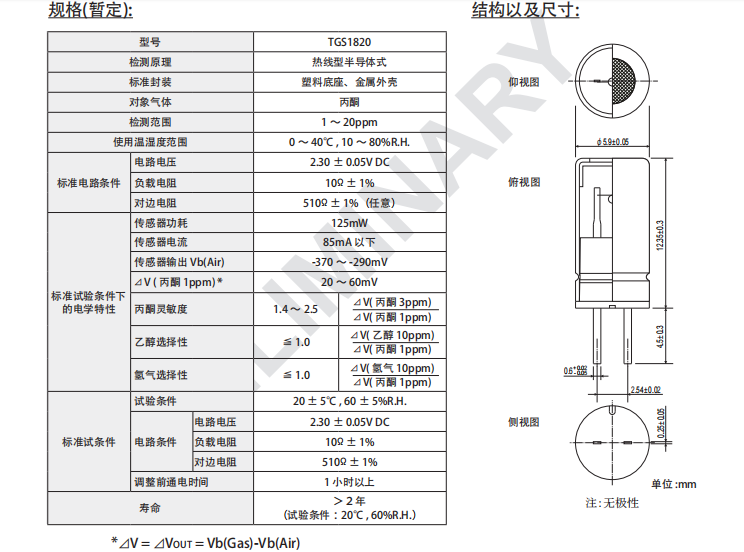كيف يمكن نحن مساعدة أنت
Diabetes is a growing health problem worldwide, and early detection and treatment are critical to reducing symptoms, preventing complications, and improving patients' quality of life. In recent years, scientists have been exploring simpler and more effective methods for detecting diabetes. Among them, the exhaled breath acetone concentration detection sensor has received widespread attention due to its non-invasive, real-time and portability characteristics.
Patients with diabetic ketoacidosis often have a "rotten apple smell" in their exhaled breath. This is actually because the acetone content in their exhaled breath is much higher than that of normal people. Acetone is a biomarker in the exhaled breath of diabetic patients and is also a VOC. When a person gets sick, the body's immune system, metabolism, etc. will change, and some specific products may be produced, causing our breath, sweat, or urine to smell. For example, the breath of diabetic patients smells like acetone (the so-called rotten apple smell). Since the body cannot produce enough insulin to break down blood sugar, fat is used as a substitute fuel to provide energy. The oxidation of a large amount of fat in the liver will produce ketone bodies such as acetone, causing the breath to smell like acetone. Acetone is a type of ketone body. When the body's insulin secretion is insufficient or cells cannot effectively use insulin, fat breakdown will produce excessive ketone bodies, including acetone. Therefore, diabetic patients tend to have higher concentrations of acetone in their exhaled breath. Taking advantage of this, the exhaled breath acetone concentration detection sensor can accurately and quickly detect whether the patient has diabetes. The working principle of the exhaled breath acetone concentration detection sensor is based on gas sensor technology. The sensor captures acetone molecules in the patient's exhaled breath and converts them into electrical signals to achieve quantitative analysis of acetone concentration. This sensor has the advantages of small size, low power consumption, and fast response speed, and is very suitable for use in homes, clinics and other places for preliminary screening and daily monitoring of diabetes. In practical applications, the exhaled breath acetone concentration detection sensor can provide a more convenient detection method for diabetic patients. Compared with traditional blood testing, breath testing does not require blood collection, reducing the pain and inconvenience of patients. At the same time, breath detection is real-time and can monitor changes in the acetone concentration in the patient's body at any time, helping to promptly detect changes in the condition and adjust treatment plans.
However, exhaled breath acetone concentration detection sensors still face some challenges in diabetes detection. First, the acetone metabolism of different individuals varies greatly, which may affect the accuracy of the test results. Secondly, acetone concentration is affected by many factors, such as diet, exercise, etc., so it needs to be combined with other indicators for comprehensive judgment. In addition, the sensitivity and stability of the sensor still need to be further improved to meet clinical needs.
Exhaled breath acetone concentration detection sensor, Gongcai.com recommends the Japanese FIGARO acetone gas sensor TGS1820:
Features of Japan's FIGARO gas sensor TGS1820 for detecting acetone:
high sensitivity and selectivity for acetone, low interference
from ethanol and hydrogen,
extremely fast response,
small size,
low power consumption
Japan's FIGARO gas sensor TGS1820 for detecting acetone Application:
acetone Detector
Exhaled acetone detector
Japan FIGARO Gas sensor TGS1820 used to detect acetone Parameters:
In short, the exhaled acetone concentration detection sensor has broad application prospects as a new diabetes detection method. With the continuous advancement of technology and in-depth research, it is believed that this sensor will play an increasingly important role in the early detection, treatment and management of diabetes. At the same time, we also need to pay attention to its limitations and challenges in practical applications in order to continuously improve and optimize this technology and provide more accurate and effective diagnosis and treatment solutions for diabetic patients.